7 biennial flowers that flourish in clay soil – experts share the plants that fill your garden with an abundance of blooms
While clay soil can be tricky for gardeners, choose the right plants and you can still achieve amazing results


Clay soil can make gardening a challenge. Wet, sticky and compact in winter or dry and rock hard in summer, there’s a lot not to love. But it does have its advantages too, and choosing wisely with the best biennial flowers to grow in clay soil can be the key to creating a flourishing garden.
‘Biennial flowers are a brilliant option for gardeners and some of the best plants for clay soil,’ says Kate Turner, gardening expert for Miracle-Gro. ‘They’re inexpensive, cheerful, and easy to grow from seed and especially great in a cutting garden, as they produce beautiful, sweetly scented blooms that come back year after year.’
‘The trick is to sow most biennials in late spring or early summer, giving them plenty of time to grow strong before flowering the following year. If you make a habit of sowing a batch each year, you’ll always have a ready supply to fill any gaps in borders and add to vases.’
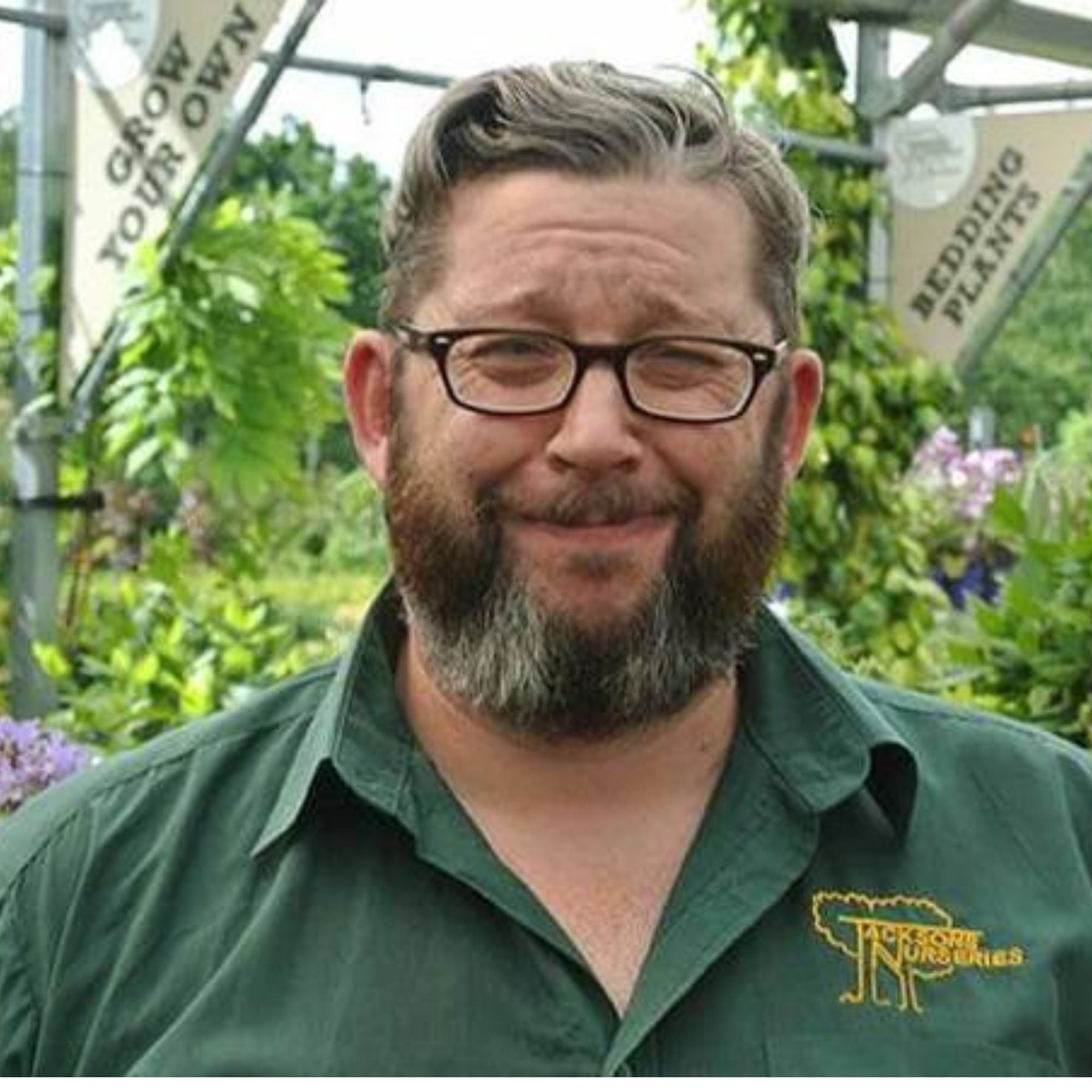
With over two decades of experience at Jacksons Nurseries in Staffordshire, Hayden Salt serves as the Garden Centre Manager. His deep-rooted passion for horticulture is evident in the vibrant garden displays he curates and his dedication to assisting customers in selecting the perfect plants for their gardens. Hayden specialises in shrubs and perennials, with a particular fondness for Japanese Acers.
How do you know which soil type you have?
For best results and to ensure you choose the right plants for your soil type, testing the pH of your soil with a meter will give the most accurate results.
‘But when it comes to clay soil, you can do a simple test at home,’ advises Hayden. ‘Take a handful of moist soil, roll it into a ball, then try to flatten it into a ribbon. If it holds together and feels smooth, it’s clay. Sandy soil feels gritty, and loam - the ideal - is somewhere in between.’
‘The biggest downside is drainage - clay holds onto water, which can lead to waterlogging, root rot and compaction. It’s also slow to warm up in spring, so plants can struggle to get going early in the season. However, the upside is that clay retains moisture well in summer and is packed with minerals that feed plants. And if you pick the right flowers and manage the soil properly, clay can actually be a real asset,’ adds Hayden.
'Clay soil often gets a bad reputation, but it’s not all bad news,’ says Hayden Salt at Jacksons Nurseries. ‘Yes, it can be heavy, sticky and slow to drain - but it’s also naturally rich in nutrients, which is a big win for many garden plants.’
Sign up to our newsletter for style inspiration, real homes, project and garden advice and shopping know-how
‘The key to how to improve clay soil for gardening is with regular mulching to improve its structure,’ advises Kate. ‘Add plenty of organic matter like compost, well-rotted manure, or bark chips - Miracle-Gro’s Border Booster is an excellent option. You don’t need to dig it in - just leave a generous layer on top and let the worms do the hard work. Just avoid working the soil when it’s wet, or you’ll end up with solid clumps and very muddy boots!’
'Clay soil has its advantages and disadvantages,' agrees Julian Palphramand, Head of Plants at British Garden Centres. 'But biennial plants that grow well in clay soil include foxgloves, sweet william, dianthus, hollyhocks, wallflowers, forget-me-nots, campanulas and violas.'
1. Foxgloves (Digitalis)
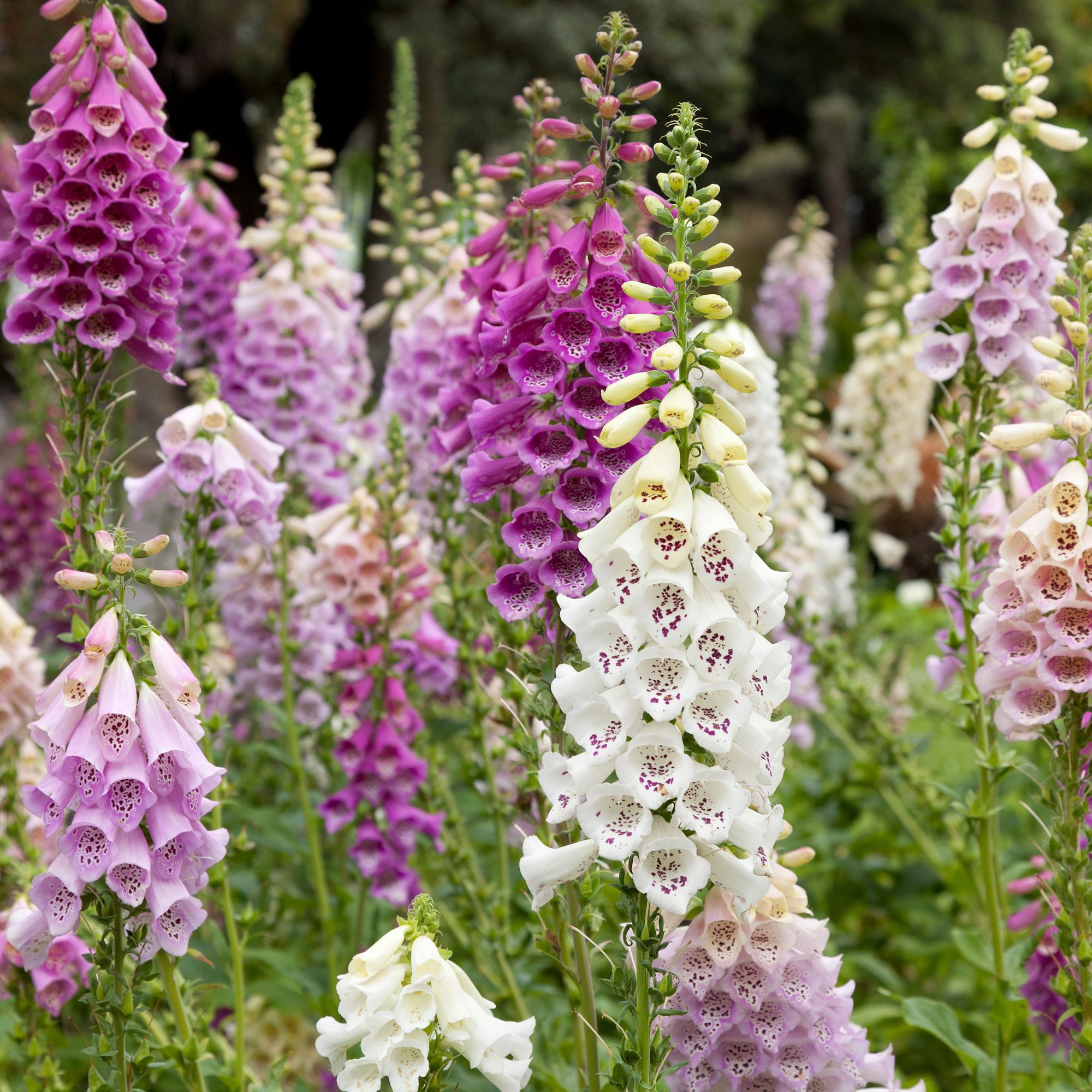
‘These thrive in clay soil as long as it’s not waterlogged,’ says Hayden. ‘They add stunning height and flower in their second year.’
‘Improve drainage in clay soil by digging in grit, organic matter or compost when planting. This breaks up the soil, lets air in, and helps roots spread more easily. Raised beds can also help if your soil is particularly heavy,’ adds Hayden.
‘How to grow foxgloves from seed is incredibly easy,’ adds Kate. ‘They are loved by bees and thrive in slightly shady, sheltered spots as long as you make sure to not let them dry out,’ adds Kate.
Where to buy foxgloves:
- Thompson & Morgan: Try these pretty 'Mixed Foxgloves', from £19.99.
- Crocus: Or go for the delicate all-white Digitalis purpurea 'Dalmatian White', from £8.99.

Kate is a level 3 RHS trained horticulturist with experience behind the scenes on top gardening shows like BBC Gardeners’ World, Love Your Garden, and Garden Rescue. She’s been Head Gardener at Charterhouse School, worked at RHS Wisley and for the past 2 years has worked as a horticultural expert advising different companies on all thing’s peat free, and her podcast, The Underground, talks to all the movers and shakers in the world of horticulture.
2. Sweet William (Dianthus barbatus)
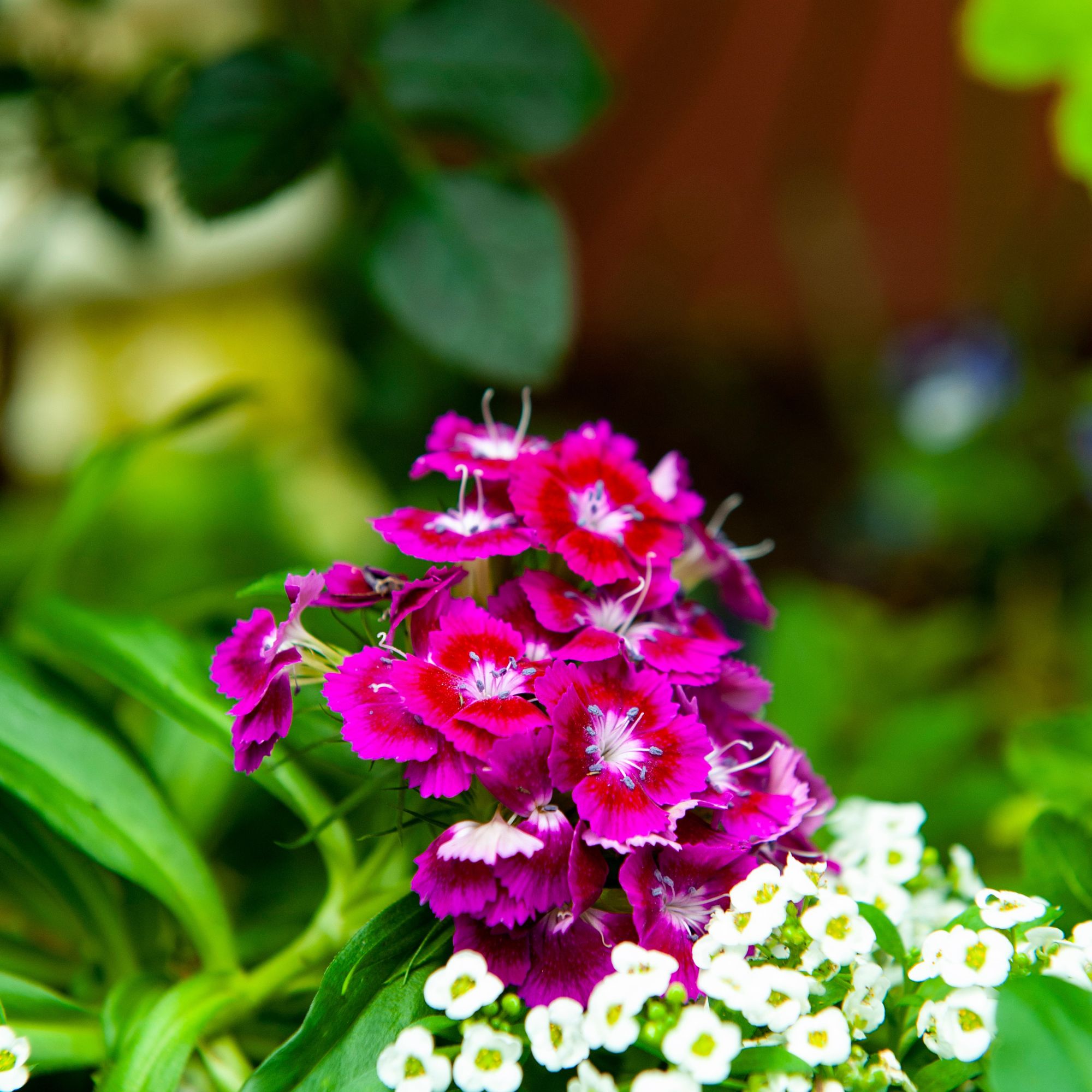
‘Great for colour and scent, sweet william handle clay well and is perfect for pollinators,’ says Hayden.
For how to grow sweet william, the best position for healthy growth and abundant flowering is a full sun location or at least light partial shade. Too much shade will result in less abundant flowering.
‘Once your plants are in the ground, monitor the soil moisture carefully as clay holds water for a long time, so it’s important not to overwater your plants. Water during dry spells, but always check the soil first to see if it’s still moist a few inches down,’ advises Julian.
Where to buy sweet william:
- Dobies: In mixed shades of red and pink, try these Dianthus barbatus 'Sweet Mixed', from £6.99.
- Thompson & Morgan: Make an impact with the all-red Dianthus barbatus 'Rockin' Red', from £3.99.

Julian Palphramand is Head of Plants at British Garden Centres. He was previously Horticulture Buyer at Wyevale Garden Centres and has extensive knowledge of various plants and advice on the best approaches to growing them.
3. Angelica Archangelica
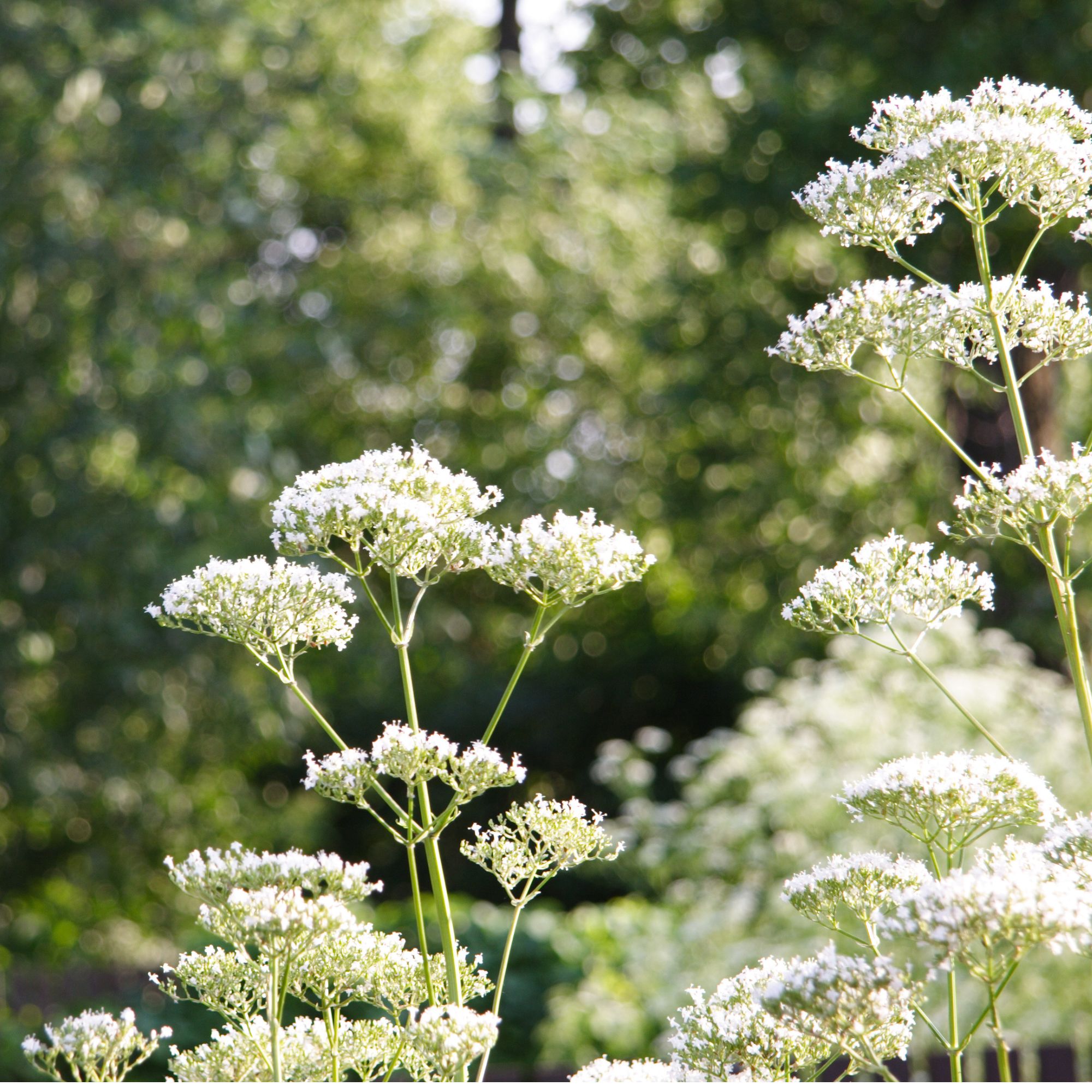
‘For something a little different and to add a real wow factor to your garden border ideas, try sowing Angelica,’ says Kate. ‘It’s definitely one for the back of the border, as it can reach up to 2 metres tall!’
‘Beloved by bees and even edible for us, it’s a biennial not to be missed. Sow it in early winter, as the seeds need a cold spell to germinate and flower the following year.’
Where to buy angelica:
- Crocus: Striking in a border, try these individual Angelica archangelica, from £7.99.
- Sarah Raven: Or try a striking growing this striking purple variety from seed Angelica gigas, from £5.08.
4. Hollyhocks (Alcea rosea)

‘These classic cottage-garden plants love the nutrient-rich conditions clay provides,’ says Hayden.
When to plant Hollyhocks, can be done in early summer or early autumn. As long as clay isn’t too dry, they will grow well, but Hollyhocks do like a bright spot with full sun and don’t tolerate shade well.
‘Mulching around plants with bark or compost will help retain moisture and suppress weeds, which is especially important while your plants are getting established in clay soil,’ adds Julian.
Where to buy hollyhocks:
- Suttons: Stock up on the colourful Hollyhock 'Chater's Double Mixed', from £5.
- Gardening Express: Try these double-flowered Hollyhocks in a pretty yellow Alcea Chaters Double Yellow, from £7.99.
5. Forget-me-nots (Myosotis)
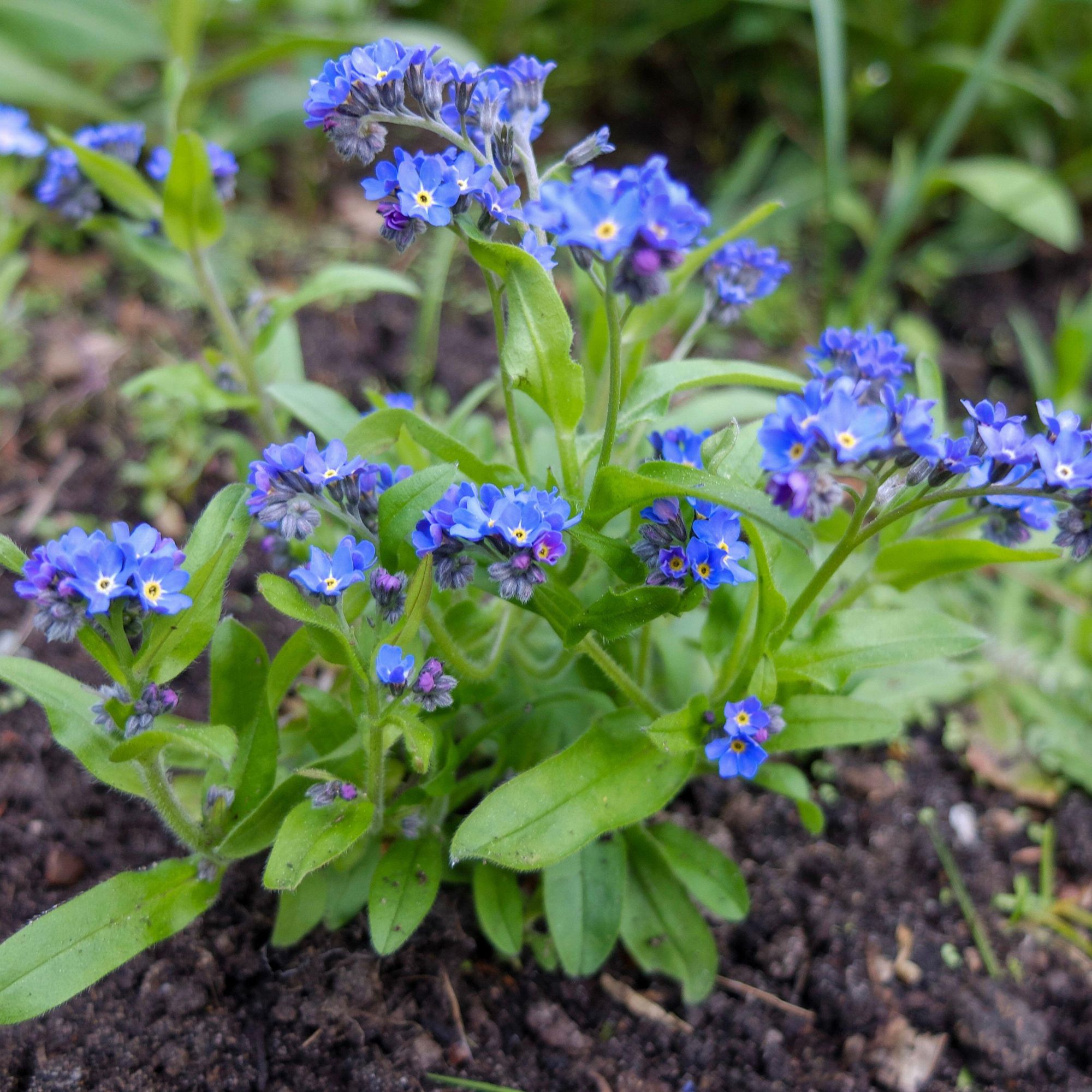
‘With their small bright blue flowers, forget-me-nots are Ideal for filling gaps and softening borders, and they self-seed readily too,’ says Hayden.
Sow forget-me-nots directly into the ground; they thrive in partial shade to full sun, making them super-versatile for beds and borders. While they do favour well-drained, rich soil, they will tolerate clay and sandy soils.
‘To improve clay soil, add some well-rotted organic matter like compost or manure, as well as some sand and grit to improve drainage and soil structure,’ advises Julian.
Where to buy forget-me-nots:
- Thompson & Morgan: These colourful Forget-Me-Not Mixed, from £16.99, are great for filling gaps in borders.
- Suttons: Or try the classic dainty blue Myosotis palustris (Marginal Aquatic), from £11.99.
6. Wallflowers (Erysimum cheiri)

‘Often underrated, these fragrant early-flowering biennials bring welcome colour when little else is blooming,’ says Kate. ‘Just don’t confuse them with the perennial wallflowers such as Erysimum ‘Bowles Mauve’.’
‘You can grow wallflowers from seed or buy bare-root plants in their second year – often sold in bunches at garden centres. I particularly love ‘Red Bedder’ for a bold splash of spring border.’
‘The best wallflowers add early spring colour and are surprisingly hardy in heavier soils,’ agrees Hayden.
Where to buy wallflowers:
- Thompson & Morgan: Try Erysimum cheiri Golden Gem, from £19.99, for masses of zingy yellow flowers.
- Amazon: Start these from seed WallFlower 'Orange Bedder', from £1.59.
7. Sweet rocket (Hesperis matronalis)
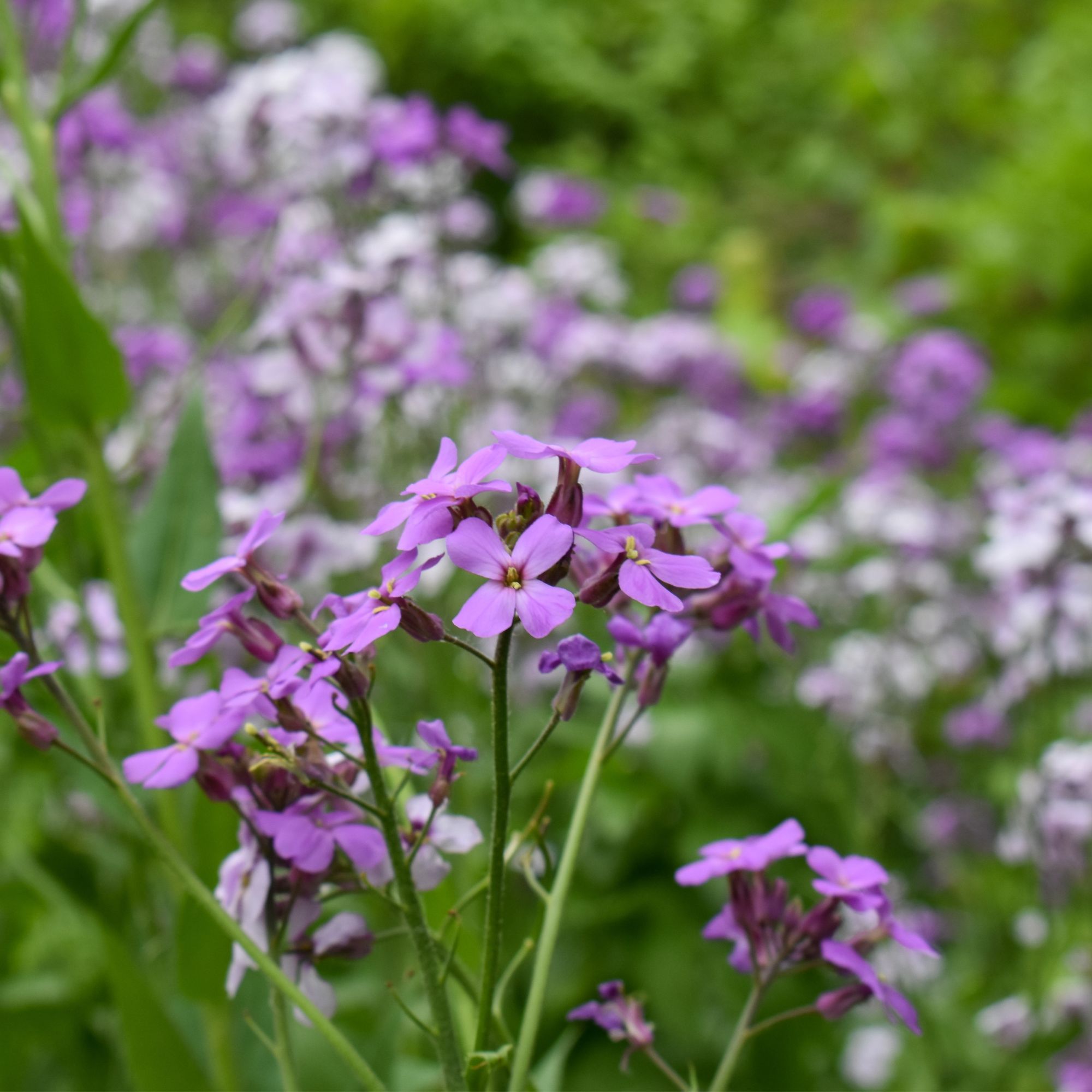
‘Another pollinator-friendly biennial with a sweet scent and one of the best plants for bees is sweet rocket,’ says Kate. ‘Ideal as a cut flower and easy to grow, sow from early spring through summer to enjoy flowers the following year.’
‘Always mulch your beds annually with compost or well-rotted manure,’ advises Julian. ‘This improves structure over time. And avoid digging or walking on clay soil when it’s wet, as this compacts it further. The key with clay is patience and consistency - a bit of prep now pays off for years to come.’
Where to buy sweet rocket:
- Suttons: Try the pretty Hesperis Matronalis, from £14.99, with spikes of purple flowers.
- Thompson & Morgan: Or try a white version with Hesperis matronalis var. albiflora, from £9.99.
FAQs
How do I care for biennial plants?
‘Biennials are easy to care for, but it’s important not to forget about them,’ advises Kate Turner. ‘They germinate quickly and don’t need a greenhouse - they’re best grown outdoors. Just make sure they’re protected from pests and remember to water and transplant them as they grow.’
‘They will stop growing over winter, but come spring, they’ll burst back into life, rewarding you with beautiful and often sweetly scented blooms.’
‘Another bonus with biennials is that many of them self-seed, so you will likely enjoy a steady, natural supply of flowers year after year.’
Clay soil can make gardening conditions tricky, but by taking steps to boost your soil, improve drainage - and then choosing the right plants - you can help your garden to flourish. What biennials will you be adding to your garden wish list this summer?

Lisa is a freelance journalist who has written about interiors for more than 25 years. Previously editor of Style at Home magazine, she has worked on all the major homes titles, including Ideal Home, Country Homes & Interiors, 25 Beautiful Homes and Homes & Gardens. She has covered pretty much every area of the home, from shopping and decorating, crafts and DIY to real homes and makeovers and now regularly writes gardening stories for Ideal Home.